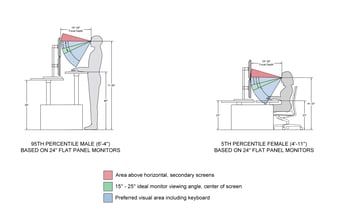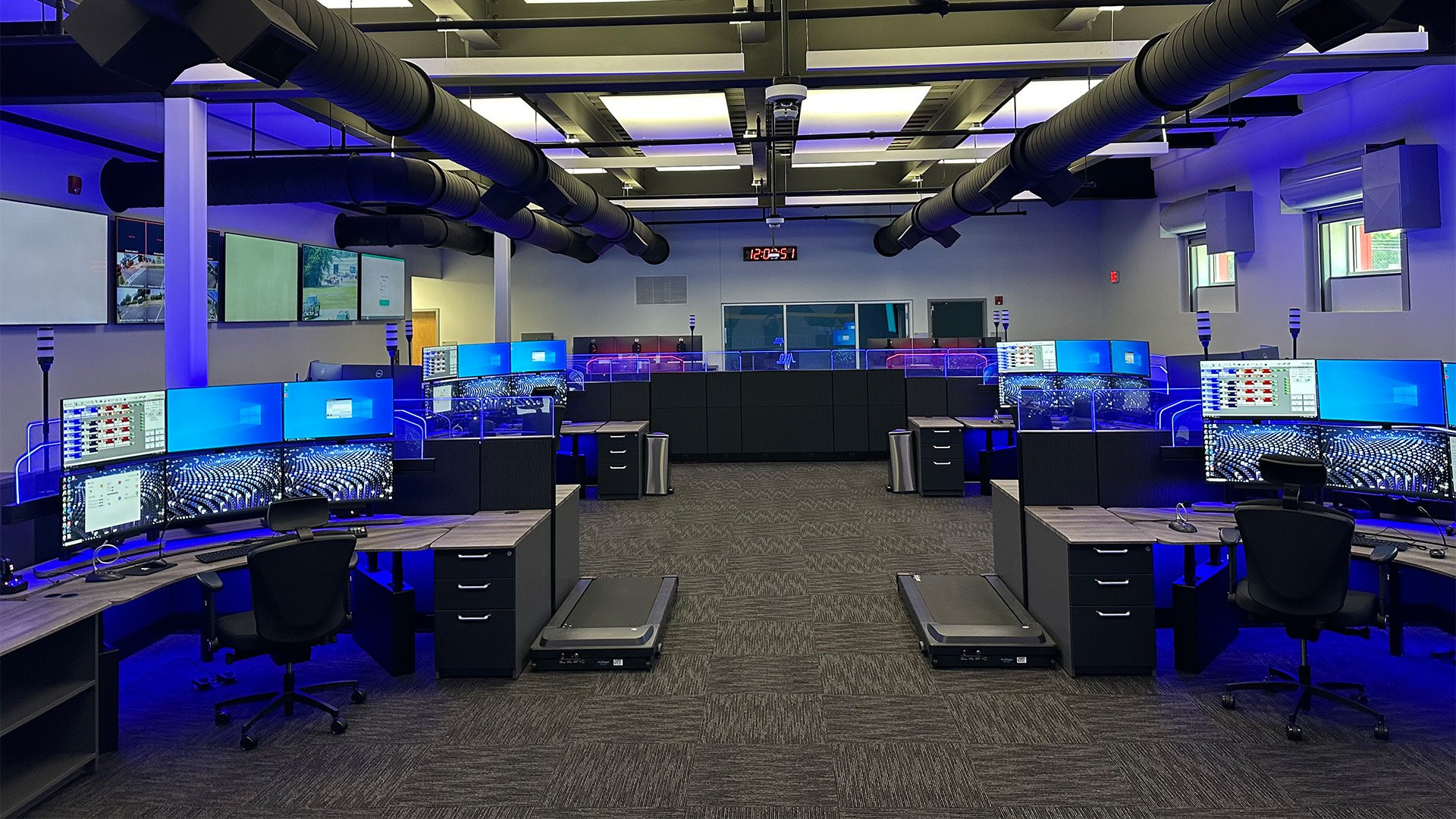 As a radiologist, it's no doubt that you spend a rather significant amount of time at a desk, behind a computer. The physical toll it takes on your body has to have crossed your mind. Not only do you risk becoming ill from germs on your keyboard and work surfaces, but you can also injure yourself. One of the most common preventable injuries amongst someone who spends a significant amount of time at a desk is related to the placement of the keyboard. Keyboard orientation is important to reduce muscular skeletal injuries. Whether sitting or standing, maintaining neutral alignment of the wrist along with an approximate 90 degree forearm-to-upper-arm relationship will significantly reduce the opportunity of injury.
As a radiologist, it's no doubt that you spend a rather significant amount of time at a desk, behind a computer. The physical toll it takes on your body has to have crossed your mind. Not only do you risk becoming ill from germs on your keyboard and work surfaces, but you can also injure yourself. One of the most common preventable injuries amongst someone who spends a significant amount of time at a desk is related to the placement of the keyboard. Keyboard orientation is important to reduce muscular skeletal injuries. Whether sitting or standing, maintaining neutral alignment of the wrist along with an approximate 90 degree forearm-to-upper-arm relationship will significantly reduce the opportunity of injury.
Carpal Tunnel Syndrome
- There is a median nerve that traverses from the forearm to the palm of the hand. When the median nerve is compressed at the wrist, carpal tunnel syndrome occurs. Carpal tunnel can be very painful, making it difficult to perform
day-to-day tasks. It is important to maintain neutral wrist alignment. Keyboard orientation that bends the wrists can put pressure on the median nerve, increasing the risk of carpal tunnel. A good example of improper keyboard usage is in the design of most keyboards. Most keyboards have little feet that can swing down raising the back of the keyboard. With the back of the keyboard elevated, one has to bend the wrists upward to reach the rear keys, thus putting pressure on the wrists. Try this little exercise: place your hands and forearms flat on your desk with the elbow at about a 90-degree angle. Now lift your hands just from your wrists forward. Feel that pressure? That is what causes carpal tunnel.
Cubital Tunnel Syndrome
- Cubital tunnel syndrome is not recognized as commonly as carpal tunnel syndrome; however, both can be as debilitating. Cubital tunnel is a direct result of pressure being applied to the ulnar nerve. The ulnar nerve transects the inside of the elbow close to the skin’s surface in an area also called the “funny bone.” In the event you contract cubital tunnel syndrome, you will not think there is anything funny about it, as the symptoms range from pain and numbness in the elbow to weakness and pain in the hands. The cause of cubital tunnel is associated with pressure being applied to the ulnar nerve.

Ensuring your imaging desk meets ANSI-HFES 100-2007 ergonomic standards and taking the time to adjust your workstation each day for your best sitting and standing healthy position will drastically reduce your chance of becoming a carpal or cubital tunnel syndrome statistic. Keyboard placement and wrist alignment are two very important keys for your health and safety. Be sure to read the latest ergonomic standards for correct imaging desk design and function.



